Car companies will try multiple ways to save money in the least damaging way possible in the coming decade, and we got a taste of that last week when Volkswagen and Ford announced details of their future alliance.
The first concrete steps will be model swaps in the profitable world of vans but the two companies are also investigating ways to collaborate on electric vehicles, autonomous vehicles and the whole complex world of mobility services. They’ve also said they’re open to working together on car models.
“You can’t do this alone,” Ford CEO Jim Hackett said of the race to develop these new and costly technologies.
First, though, they’ve got to free up the cash to do that, and that’s where the commercial vehicle sharing comes in. Ford will build a pick-up to replace the Volkswagen Amarok and its existing Ford Ranger, starting in 2022.
A year later, Ford will also build the next Transporter in its Turkish plant alongside an equivalent Transit Custom, while VW will build them both a Caddy/Transit Connect compact van in Poland.
The two companies reckon that, between them, they’ll save $1 billion (£773m) a year by spreading the cost of development and shifting work to low-cost countries.
The financial community thinks this a smart move: “It can only be seen as a step in the right direction,” said Arndt Ellinghorst, analyst at investment banking advisory firm Evercore.
This tie-up shouldn’t damage the brands. Vans and pick-ups have a long history of inter-brand collaboration and few van owners really care, although VW has to sell the idea of a Ford-built, Ford-powered Transporter to its loyal fan base of surfer types. (The Transporter is the direct descendent of the T1 hippy bus, remember, and the model has been built in VW’s Hanover plant in Germany since 1956.)
Aligning the pair’s van plans wasn’t easy, VW boss Herbert Diess explained at a joint conference last week. “It’s a tough job, but it’s worthwhile because it’s meaningful for both companies,” he said.
What comes after that might be more significant. Ford could share VW’s MEB electric car platform, which will be used to underpin 27 electric vehicles throughout the VW Group by the end of 2022. But VW would love to spread the considerable cost of MEB even further.
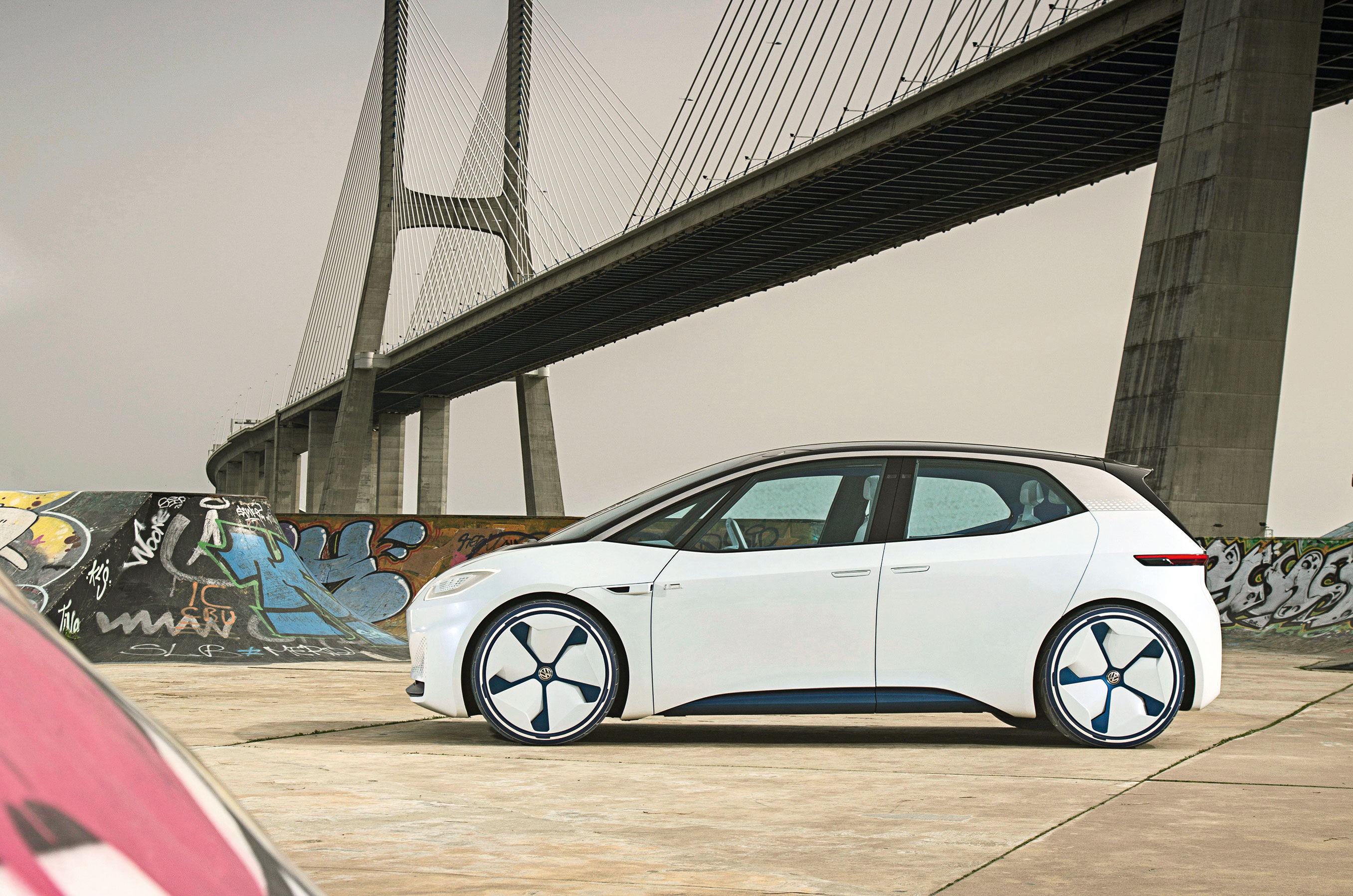


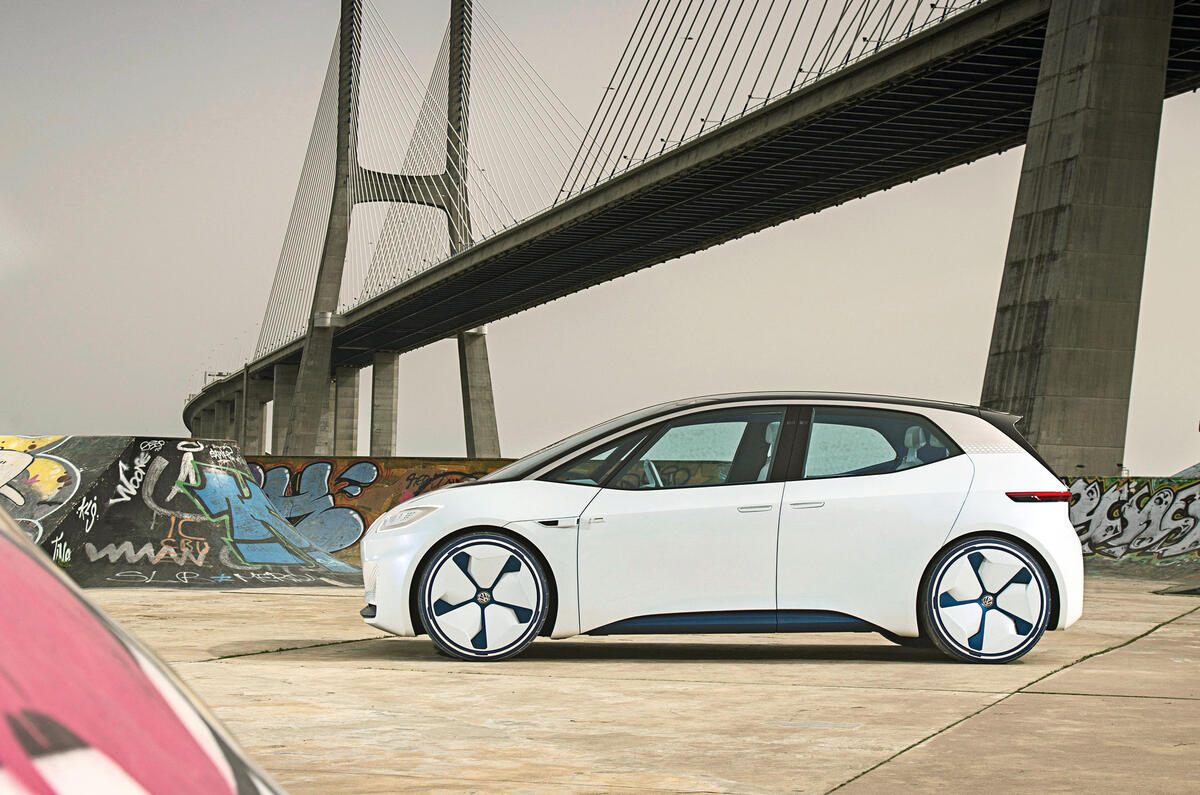
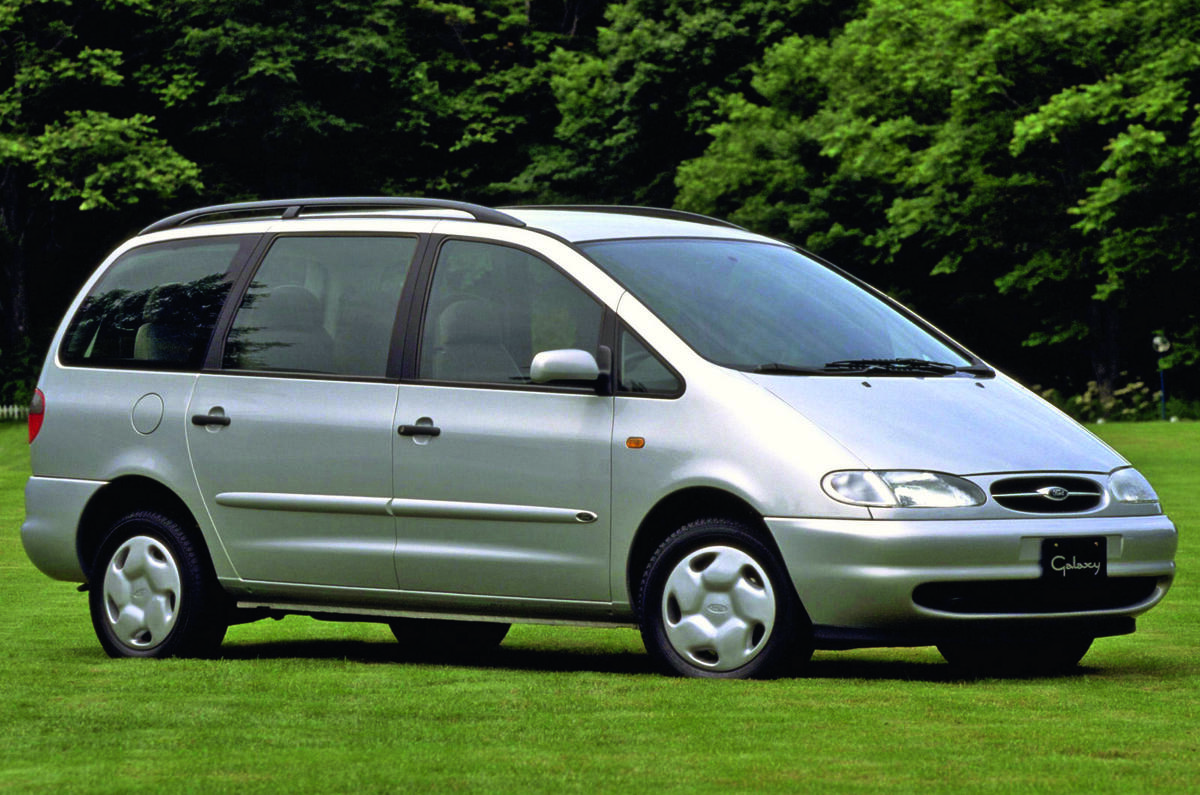

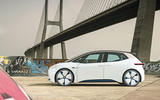
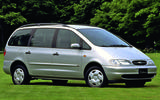
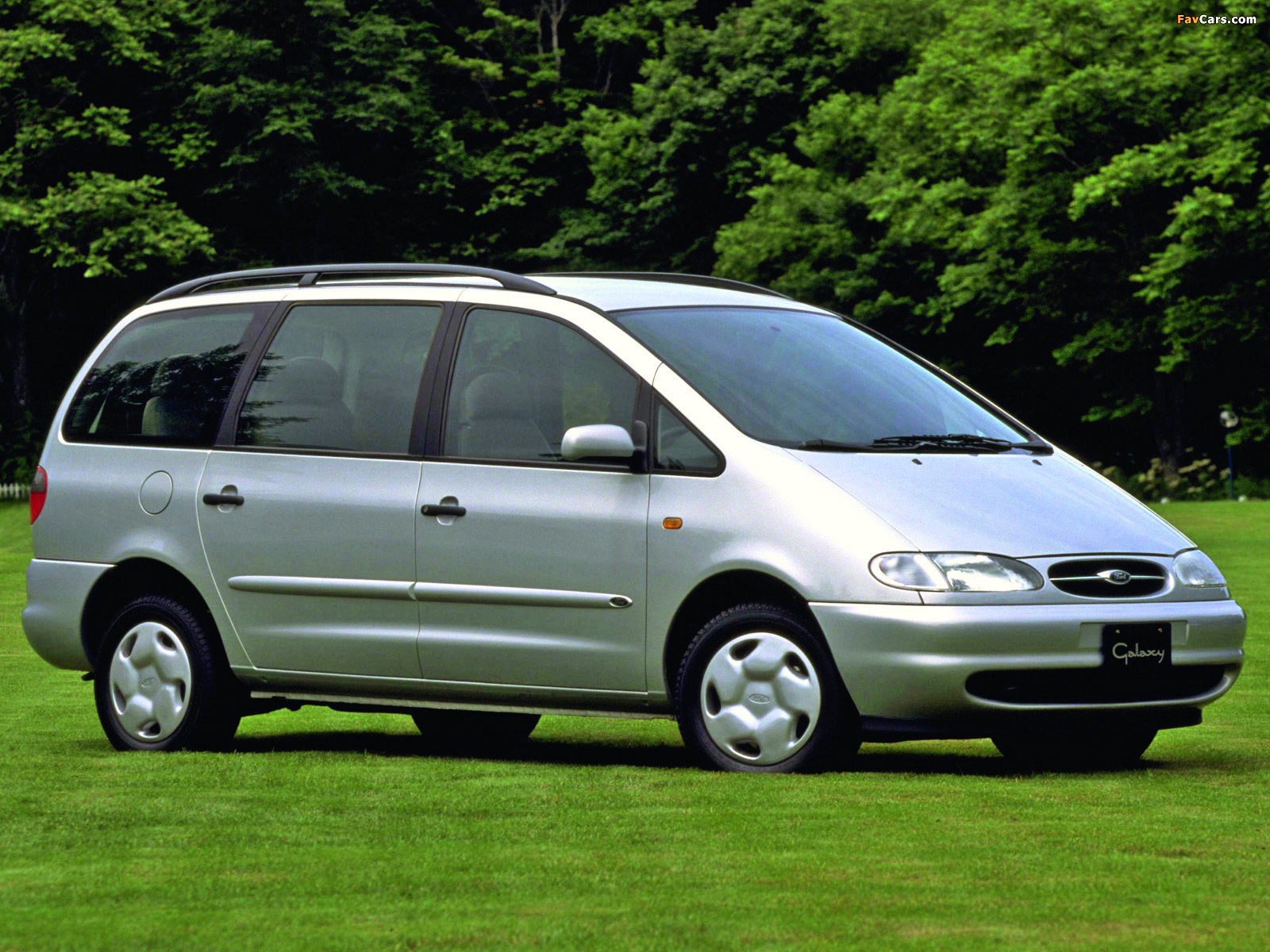

Join the debate
Add your comment
Upset the loyal fan base of
I live on one and the surfers here don’t have that many Transporters anymore!! A lot of Vivaros, Transits, old Vitos and others seem to be a lot more apparent - probably because the Transporter is ridiusously priced even second hand ones, also it’s mainly inner city people who drive the Transporter these days to have the ‘van life’ lifestyle for a few weekends a year away!! Rather than suferfers, quite cringe inducing to watch..
By 1999 Ford had decided to go it's own way, WRONG!!!!
Dear Mr Autocar, you've got it wrong again. Ford didn't disolve its relationship with VW in MiniVans in 1999. The Galaxy/ S-max was introduced in 2006. Get it right!!! If your editorial can't get the facts right, then ask me, I'll gladly work for you checking the facts.
Mondeo/Passat?
Surely platform sharing for the next gen Mondeo/Passat must be on the cards? Unless Ford are ditching Mondeo man in Europe too?